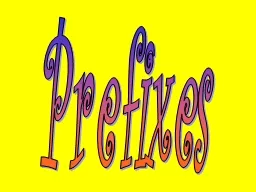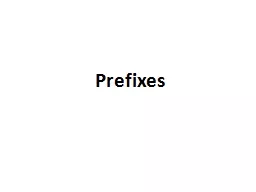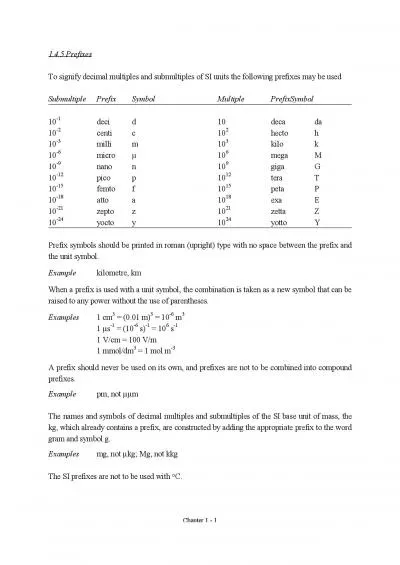PPT-2.4 Prefixes and Equalities
Author : danika-pritchard | Published Date : 2018-10-06
Using a retinal camera an ophthalmologist photographs the retina of the eye Learning Goal Use the numerical values of prefixes to write a metric equality
Presentation Embed Code
Download Presentation
Download Presentation The PPT/PDF document "2.4 Prefixes and Equalities" is the property of its rightful owner. Permission is granted to download and print the materials on this website for personal, non-commercial use only, and to display it on your personal computer provided you do not modify the materials and that you retain all copyright notices contained in the materials. By downloading content from our website, you accept the terms of this agreement.
2.4 Prefixes and Equalities: Transcript
Download Rules Of Document
"2.4 Prefixes and Equalities"The content belongs to its owner. You may download and print it for personal use, without modification, and keep all copyright notices. By downloading, you agree to these terms.
Related Documents











![[READ] - Vocabulary Packets: Prefixes & Suffixes: Ready-to-Go Learning Packets That Teach](https://thumbs.docslides.com/900964/read-vocabulary-packets-prefixes-suffixes-ready-to-go-learning-packets-that-teach-50-key-prefixes-and-suffixes-and-help-stu.jpg)


